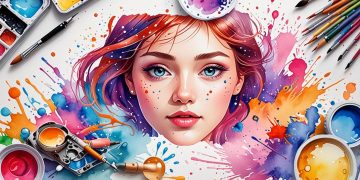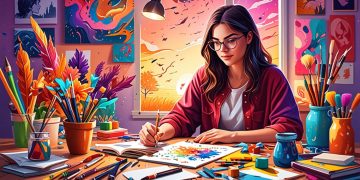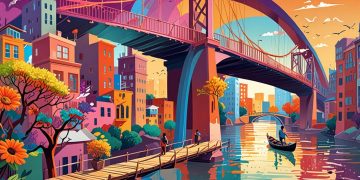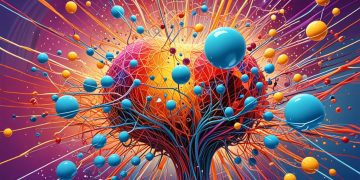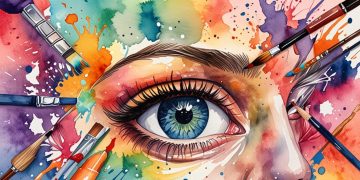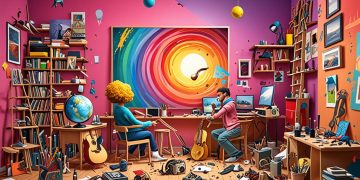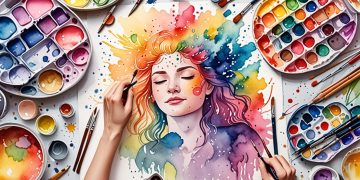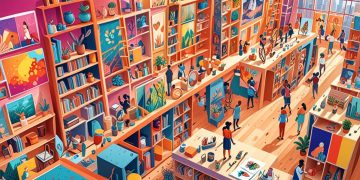Art serves as a powerful therapeutic tool, promoting emotional well-being through creative expression. By facilitating self-discovery, emotional release, and community connection, various art forms can effectively address mental health challenges, fostering resilience and clarity while enriching individual lives and strengthening communities. Embrace the transformative journey through art therapy.


